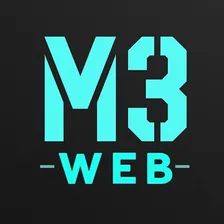Scraped Data Cleaner & Converter (No-Code CSV/JSON Tool) - PPE
Pricing
$30.00 / 1,000 flat run fees
Scraped Data Cleaner & Converter (No-Code CSV/JSON Tool) - PPE
Clean and organize scraped .json or .csv data — no coding required. Remove duplicates, empty rows, unwanted columns, and sort by any field. Cleaned results are stored in Apify's Key-Value Store. Perfect for marketers, researchers, and no-code workflows.
Pricing
$30.00 / 1,000 flat run fees
Rating
0.0
(0)
Developer

M3Web
Actor stats
1
Bookmarked
4
Total users
1
Monthly active users
5 months ago
Last modified
Categories
Share

